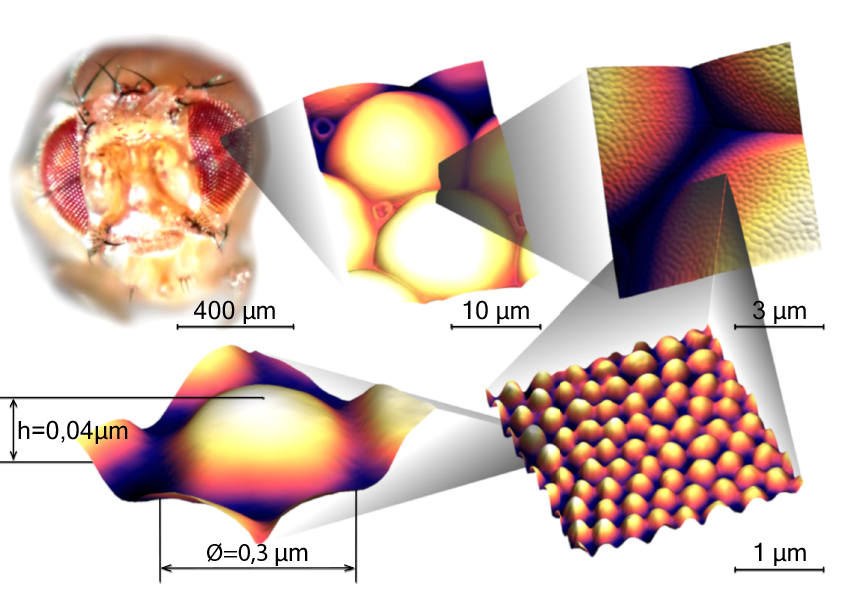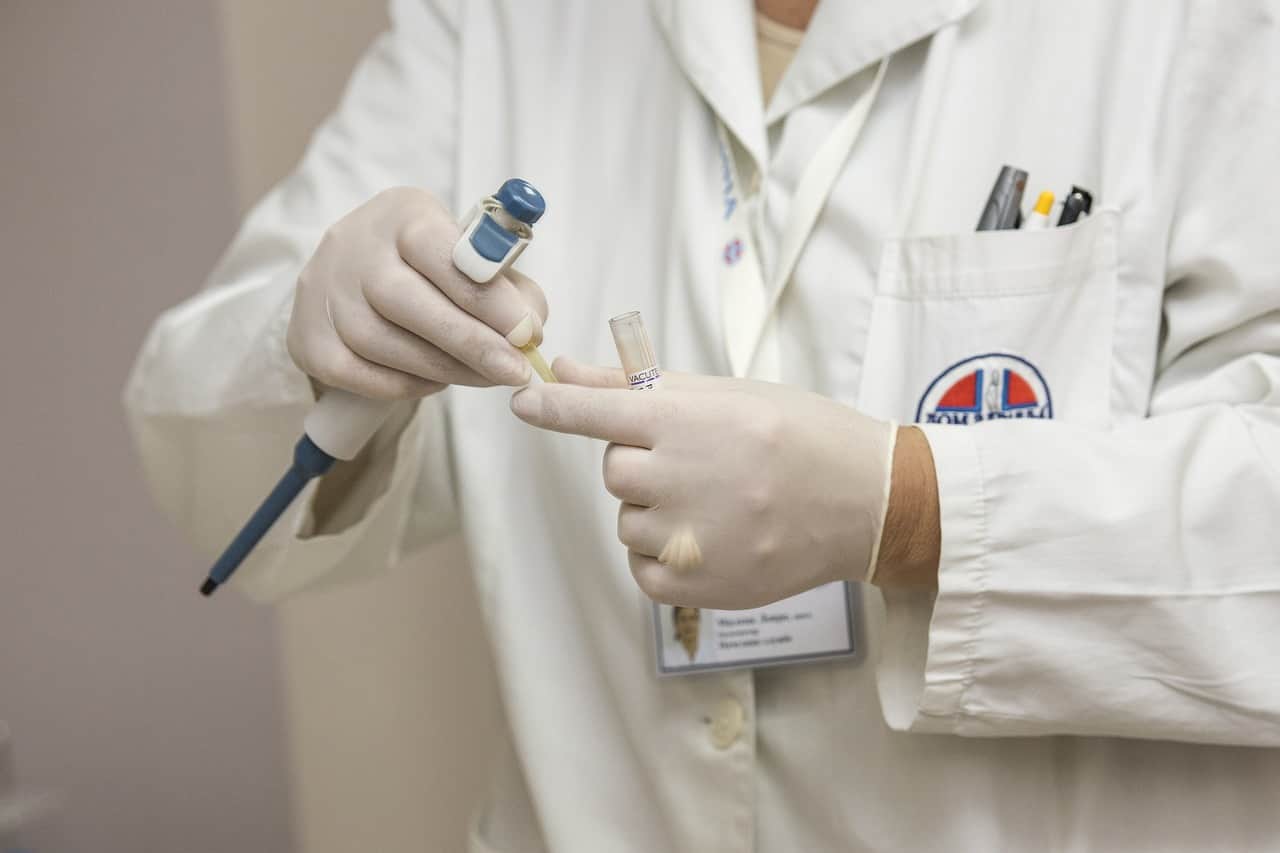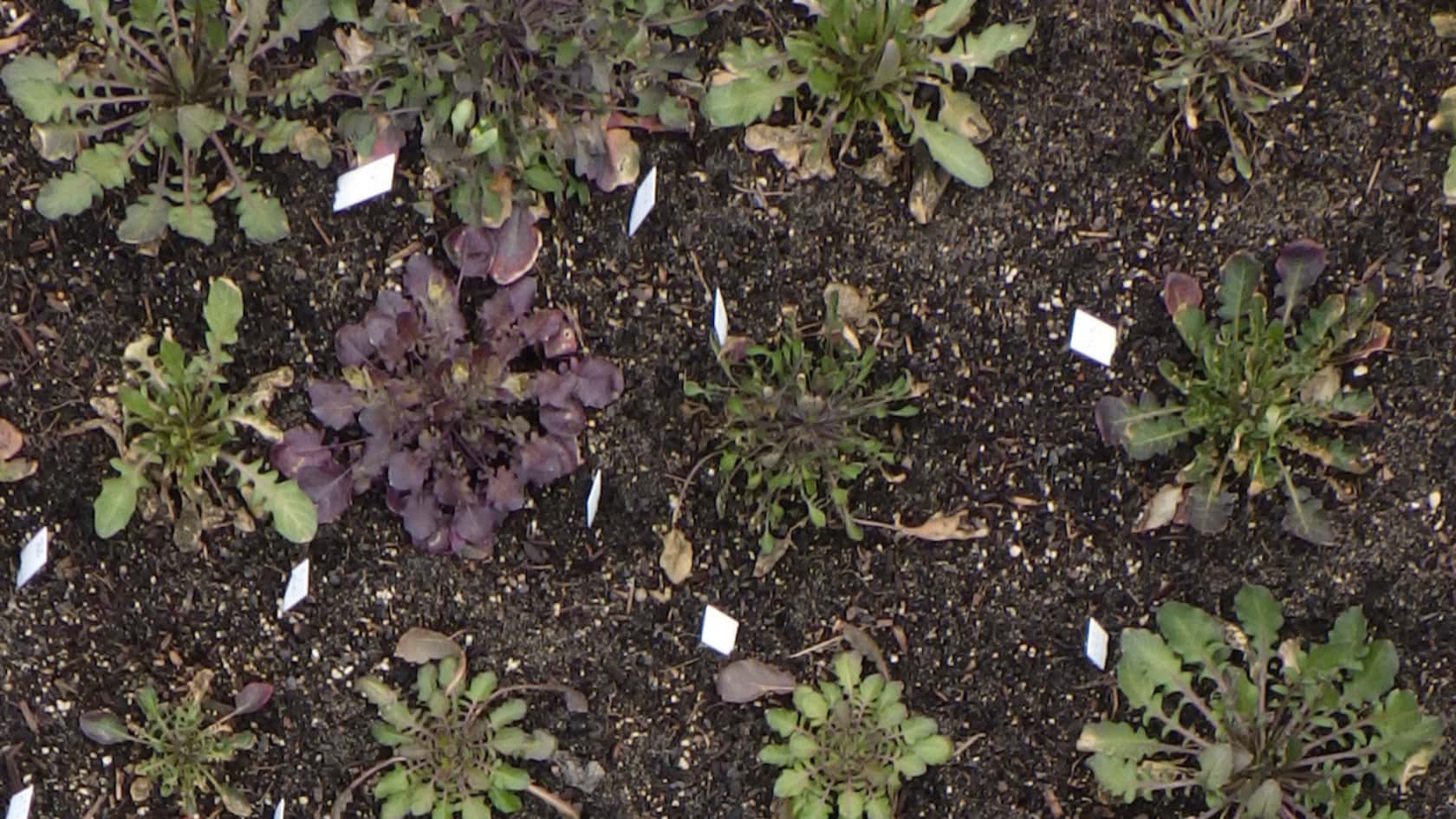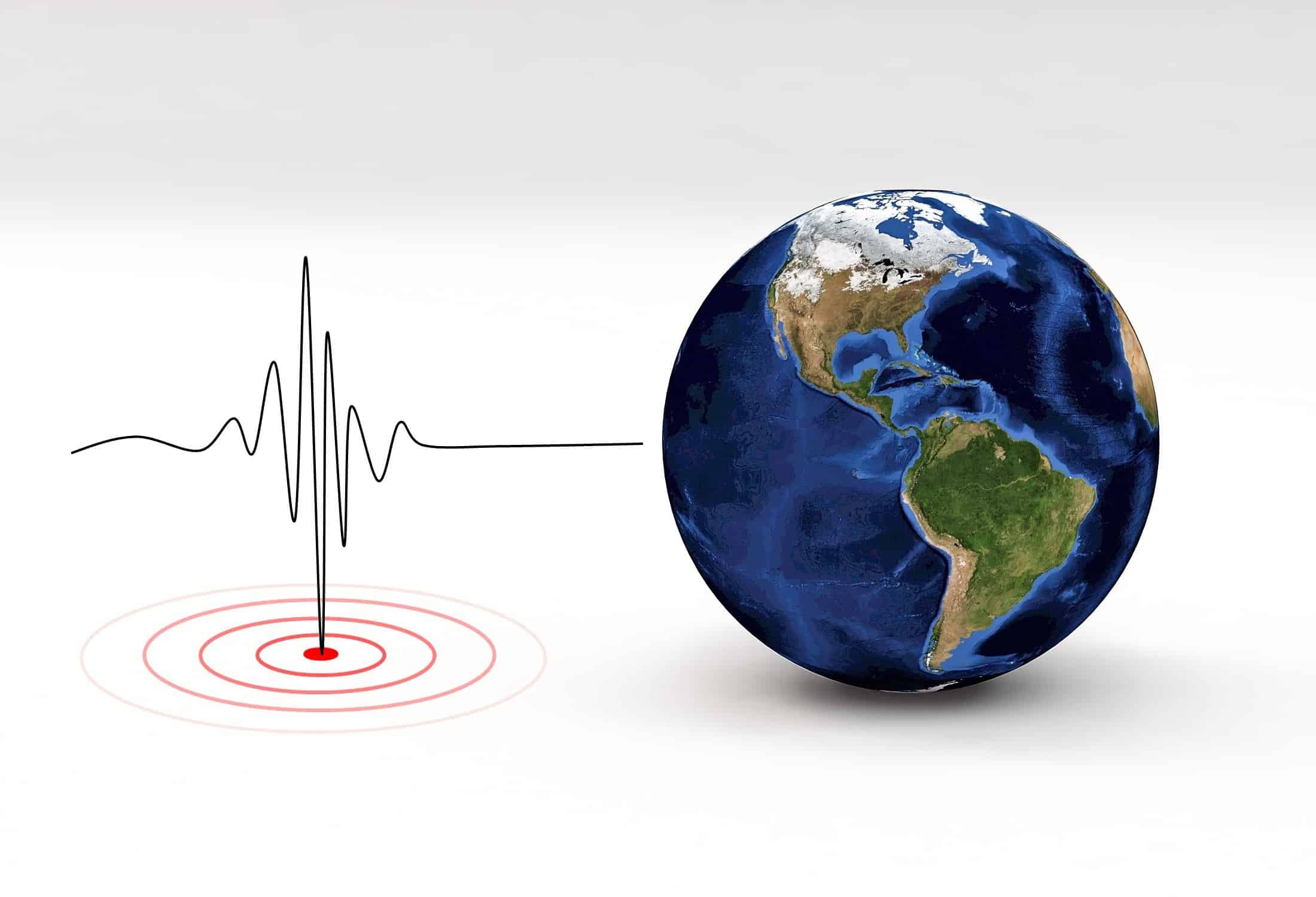
The eyes of fruit flies – like those of many other insects – have a thin, transparent coating that has anti-reflective, anti-adhesive properties. Scientists at the University of Geneva (UNIGE), the University of Lausanne (UNIL), and the ETH Zurich (ETHZ) have now reproduced this type of coating artificially. It consists of only two components: a protein called retinin, along with corneal wax.
“The nano-coating that covers the surface of the eyes of some insects was initially discovered in the late 1960s in moths,” says Vladimir Katanaev,. He is a professor at the Department of Cell Physiology and Metabolism at the UNIGE Medical School and lead researcher in the study. “It’s made up of a dense network of small protrusions about 200 nanometres in diameter and several dozens of nanometres in height. It has the effect of reducing light reflection.”
Small, but effective impact
An insect’s cornea without this layer typically reflects about 4% of incoming light. Whereas with this coating, this value drops to zero. The scientists go on to explain that although 4% may not seem like much, it could be crucial in dark conditions. Moreover, thanks to its anti-adhesive properties, the layer would provide protection against even the smallest dust particles in the air. In order to achieve this, scientists have developed a special coating that is able to protect the insect from the smallest dust particles in the air.
“We subsequently managed to produce retinin at very low cost using bacteria genetically modified for this purpose,” Professor Katanaev goes on. “After purifying it, we mixed it with different commercial waxes on glass and plastic surfaces. We were then able to reproduce the nano-coating very easily. It’s similar in appearance to the coating found in insects and has anti-reflective and anti-adhesive properties. We think that we can deposit this type of nano-coating on almost any kind of surface, including wood, paper, metal, and plastic.”
Coating remains stable in water for hours
In preliminary tests, the researchers were able to show that the coating remains stable in water for up to 20 hours. These promising results have already aroused the interest of manufacturers of contact lenses and medical implants. This type of coating could in fact make it possible to effectively control where human cells attach themselves. Industry has so far used lasers or acids to achieve these outcomes. Whereas the method used by the Geneva team is not only cost-effective but also completely biodegradable.
The scientists have published the results of their research in the specialist publication Nature.
Title image: Successive enlargements of a fly’s eye. The eye consists of many facets, which in turn are covered by a thin layer of protuberances several tens of nanometers high. 1 micrometer (μm) = 1000 nanometers (nm). © UNIGE/Vladimir Katanaev.







